Why China’s waste incinerators are running out of trash
As China pushes forward with recycling and zero-waste campaigns, its massive incineration sector faces an unexpected problem: a shortage of trash. Is this a triumph of environmental policy — or a miscalculation in planning?
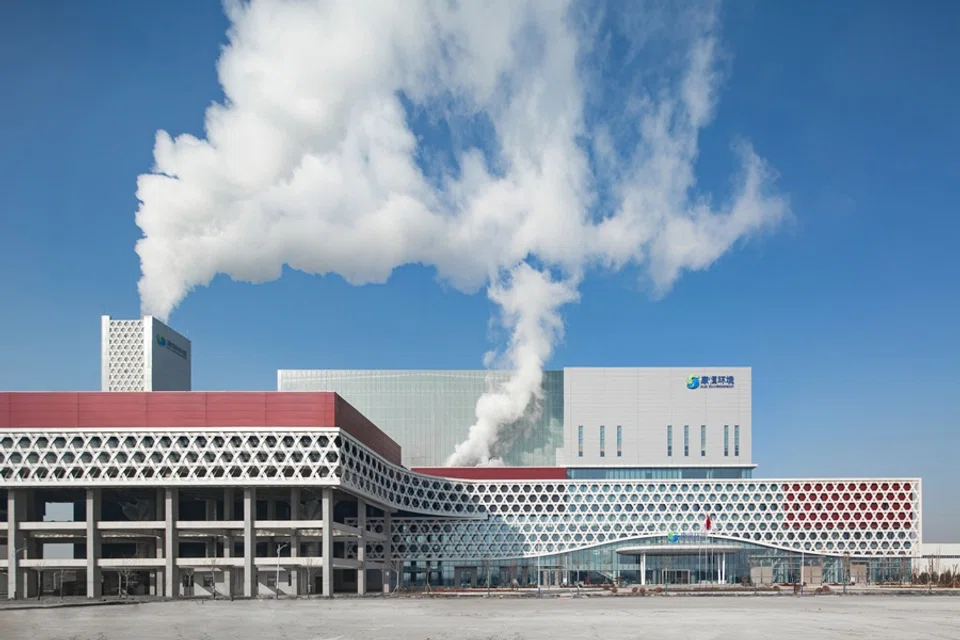
Recently, there have been reports in Chinese and overseas media about waste-to-energy (WtE) incinerators in major cities that have been running at low capacity due to the problem that they lack feedstuff to burn. This is not a completely new problem, but it seems to have led to rather desperate measures, such as digging up waste from old, abandoned landfills. What is going on?
China’s traditional waste management: nightsoil and biogas
The Chinese population can look back on a long tradition of reducing waste, for instance, using the so-called nightsoil from cities as fertilisers in adjacent rural areas; those with a long memory may recall the night soil collectors’ carts on early morning streets in Chinese cities.
Gradually, chemical fertilisers became more popular, and in the 1970s, China began using both human and livestock manure to feed rural biogas digesters. These were used by 6,000 households in 1973, reaching 18.069 million rural households in 2005. Today, China is the world’s largest producer and consumer of biogas, including industrial bio-natural gas and biomethane production.
Modernisation and landfills
With the growth of China’s cities and changes in the consumption patterns, depositing waste in landfills became the dominant approach to waste treatment up until the late 1990s. At the same time, the total volume of municipal solid waste (MSW) generated in China rose to 158 million tons in 2010 and over 249 million tons in 2020, despite the fact that China had published a Solid Waste Pollution Prevention Law in 1995.
Thus, China is today the largest generator of MSW globally, accounting for over 15% of the total. Landfill space began to run out in China in the early to mid-2000s, with some cities already having little space for new landfills by 2010.
... China saw an explosive growth of WtE incineration plants, with the number growing from 122 in 2012 to 428 in 2019, and then doubling to reach 1010 incinerators in 2023.
Incineration takes over
This crisis led to new policy initiatives, in particular the promotion of incineration of waste as an alternative to landfill deposit. The 12th Five-Year Plan (2011-2015) explicitly supported MSW incineration, aiming to increase the proportion of waste treated by incineration from 20% to 35% nationwide.
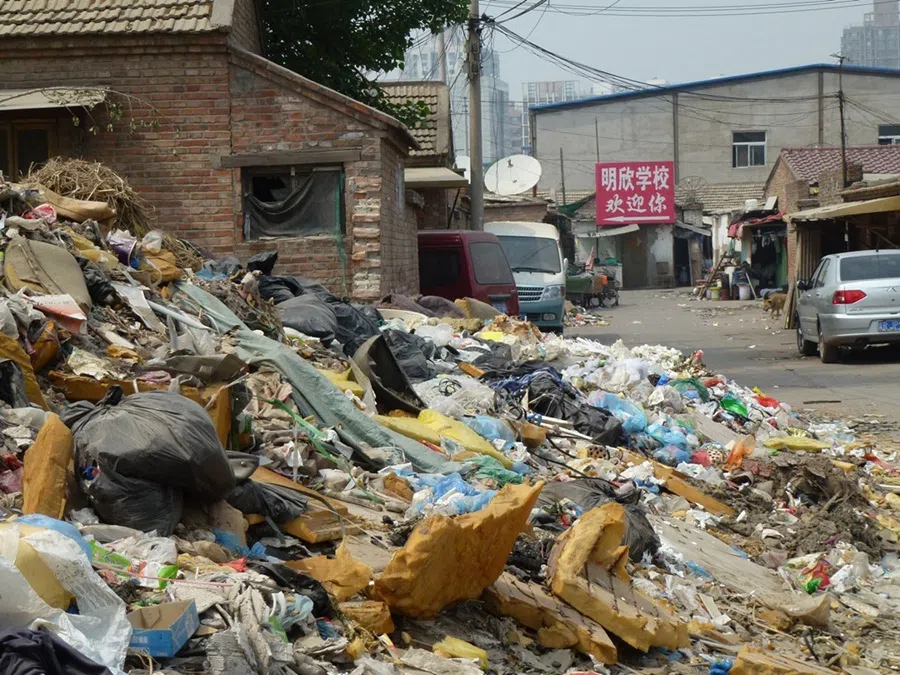
In addition, the National Development and Reform Commission (NDRC) introduced price policies to promote WtE incineration by making it economically attractive. Central to this was the adoption of “feed-in tariffs” — a policy that guaranteed WtE operators an above-market price for the electricity they supplied to the power grid. This made WtE projects financially viable and appealing to both local governments and private investors. As a result, Public-Private Partnerships (PPPs) quickly spread across Chinese cities, fuelling rapid growth in WtE infrastructure.
Following these policies, China saw an explosive growth of WtE incineration plants, with the number growing from 122 in 2012 to 428 in 2019, and then doubling to reach 1,010 incinerators in 2023. By then, the target of reaching a daily incineration capacity of 800,000 tons of solid waste by 2025 had already been exceeded in 2022, when incineration processed almost 80% of municipal solid waste in China.
Besides rapidly shifting from landfills to WtE incineration, China is also exporting its expertise abroad. Nearly half of China’s waste incineration projects have improved pollutant emission control levels, and by the end of May 2025, Chinese companies had taken part in 79 overseas waste incineration projects, with exports of equipment expected to exceed US$5 billion in 2025.
All these figures show that China has been quite successful in replacing landfill disposal with incineration, while also generating some electricity in the process. So, what’s the problem?
Contradictions, emissions and protests
Well, there are actually quite a few problems. One of these exists in the form of contradictions among policy directions and regulations, for instance, spearheaded by the diverse ambitions of the Ministry of Housing and Urban-Rural Development (MoHURD) and the Ministry of Ecology and Environment (MEE).
The MoHURD operates on the concept of “resource recovery rate”, which includes disposal by landfill, incineration and recycling. In contrast, MEE has been most eager to promote recycling, and to reduce the carbon emission rates of incinerators. The emissions from incineration have been estimated at 1.8 tonnes per megawatt-hour, which is far higher than the national average of 600 kg (0.6 tonnes) per megawatt-hour for electricity power plants of all kinds.
Given the commercially attractive features of PPPs for WtE plants, local governments continued planning new facilities, even after China had already exceeded the official target of processing stipulated in the 14th Five-Year Plan (2021-2025)...
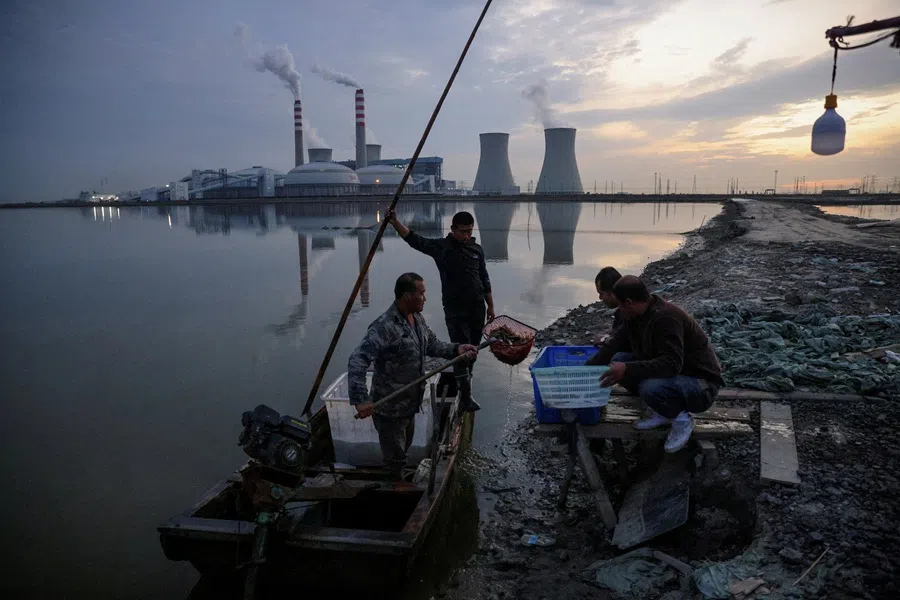
Another problem is the attitudes of “Not-In-My-Back-Yard (NIMBY)” among people in Chinese cities, where local communities oppose the construction of incinerator plants, mostly due to health concerns over pollution and carcinogenic emissions. The MEE issued a pollution control standard for municipal solid waste incineration in 2014 that sets concentration limits for pollutants like SO2, NOx and dioxins, which is generally considered to meet or exceed European Union standards for many pollutants. Nevertheless, the population often show scepticism regarding the claims of local officials, and the siting of incinerators in urban areas has become quite difficult.
But the key problem faced by the sector today is that of overcapacity: a considerable number of plants are operating at 60% or lower capacity. Given the commercially attractive features of PPPs for WtE plants, local governments continued planning new facilities, even after China had already exceeded the official target of processing stipulated in the 14th Five-Year Plan (2021-2025), namely, to reach a municipal solid waste incineration capacity of around 800,000 tons per day by the end of 2025. In 2022, this target had already been passed, and by 2024, China’s total incineration capacity had grown to approximately 1.17 million tons per day.
These imports of plastic waste from industrialised countries were severely reduced by the ban on imports that was implemented in 2018 as part of its “National Sword“ policy.
The 2018 Chinese ban on waste imports
For more than a decade, China has become a favourite destination for waste from advanced countries such as the US. Most notorious was probably the import of electronic waste that was pulled apart and reprocessed under horrendous environmental conditions.
Guiyu, a village in eastern Guangdong province known infamously for over a decade as the “e-waste capital of the world”, was transformed after the government implemented a ban on imports of hazardous waste in December 2015. Some of the workshops moved to a nearby industrial park, where they mostly process e-waste generated in China itself.
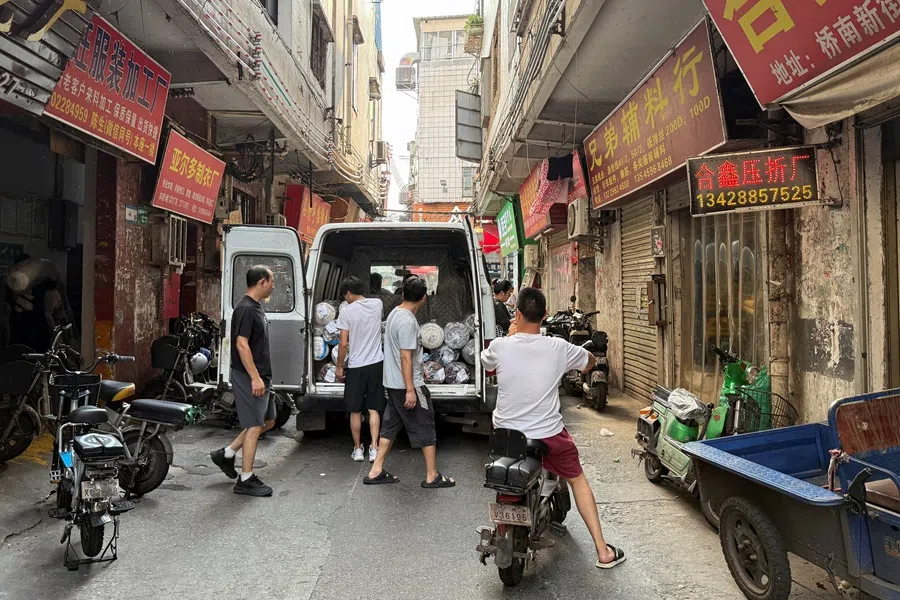
China once accounted for nearly 60% of the global waste plastics trade, as it imported a cumulative total of 170 million tons of waste plastics from 1992 to 2016. These imports of plastic waste from industrialised countries were severely reduced by the ban on imports that was implemented in 2018 as part of its “National Sword” policy. Since about one-third of plastic waste in China is incinerated, this ban also deprived the WtE incinerators of some of their feedstuff.
Ecological civilisation and recycling
Perhaps the most significant factor affecting the supply of feedstuff for the incineration of municipal solid waste in China is the leadership’s promotion of ecological civilisation and zero-waste cities. The concept of ecological civilisation has been used extensively for decades in China, but only since the 2010s has it been implemented on a large scale.
The definition of ecological civilisation has been traced back to the ancient Chinese philosophy of “nature and Man as one.” In modern terms, production in ecological civilisation is not a linear model of industrialisation, where natural resources are going through the production process of becoming products and waste. It is, in contrast, based on values that emphasise the 3R principles, that is, Reduce, Reuse and Recycle.
The implementation of such principles is also supported by the Chinese campaign to establish zero-waste cities initiated in 2019. China defines a “zero-waste city” not as one that produces no waste, but as an urban model that minimises waste through green production and lifestyles, source-level reduction and resource recovery, thus driving solid-waste impacts as low as possible. This has accordingly deprived incinerators of an important supply of waste components that used to be abundant in supply.
Who could have foreseen that the Chinese population would suddenly take the idea of ecological civilisation seriously and adopt waste sorting on a large scale in cities where the leadership wanted to promote zero-waste and recycling in 2020?
Pity the poor planners
The story of how China’s policymakers managed to create a fast-growing, commercially profitable, and technologically advanced industry of WtE incineration plants through promotion, regulation and price setting shows one side of the coin, namely the successful capacity of China’s state planners to address a serious environmental issue with a new technology.
The other side of the coin, however, is that incineration is an “end-of-the-pipe” solution and does not belong to ecological processes for treatment of waste, while recycling does. Therefore, under the banner of ecological civilisation in China, the population has increasingly been encouraged to minimise waste and start sorting the waste that can be recycled.
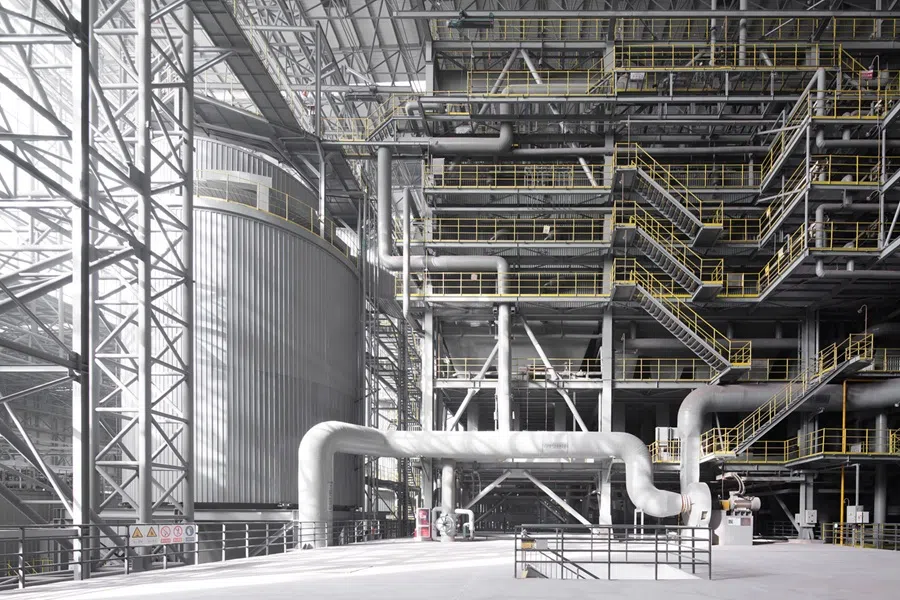
Could the planners have predicted this trend towards recycling and its effects? Probably, because recycling had already been strongly recommended way back in the 1990s, when China engaged with the international Agenda21 initiatives. Recycling of waste had also become popular in most industrialised countries except the US, and China had started to establish industries for recycling of electronics (unfortunately, not in a sustainable manner) and plastic.
Planners and policymakers are most comfortable with projecting current trends, and tend to ignore the risks of disruption. As one Danish humorist put it: “It is difficult to predict, especially about the future!” These days, when the Chinese leadership is eagerly discussing the upcoming 15th Five-Year Plan, these words ring true.
Fortunately, China has increasingly formulated its central planning in the form of guidance plans; they tend to emphasise policy directions and strategic goals, together with a few hard, quantitative goals like the expected growth of GDP (which may or may not be achieved, or over-achieved).
Detailed plans are usually left to ministries and local governments, and one cannot help but sympathise with their planners, who must commit to fixed targets such as how many profitable incinerators to build.
Who could have foreseen that the Chinese population would suddenly take the idea of ecological civilisation seriously and adopt waste sorting on a large scale in cities where the leadership wanted to promote zero-waste and recycling in 2020? Who could have foreseen the total ban on waste imports in China implemented in 2021?





